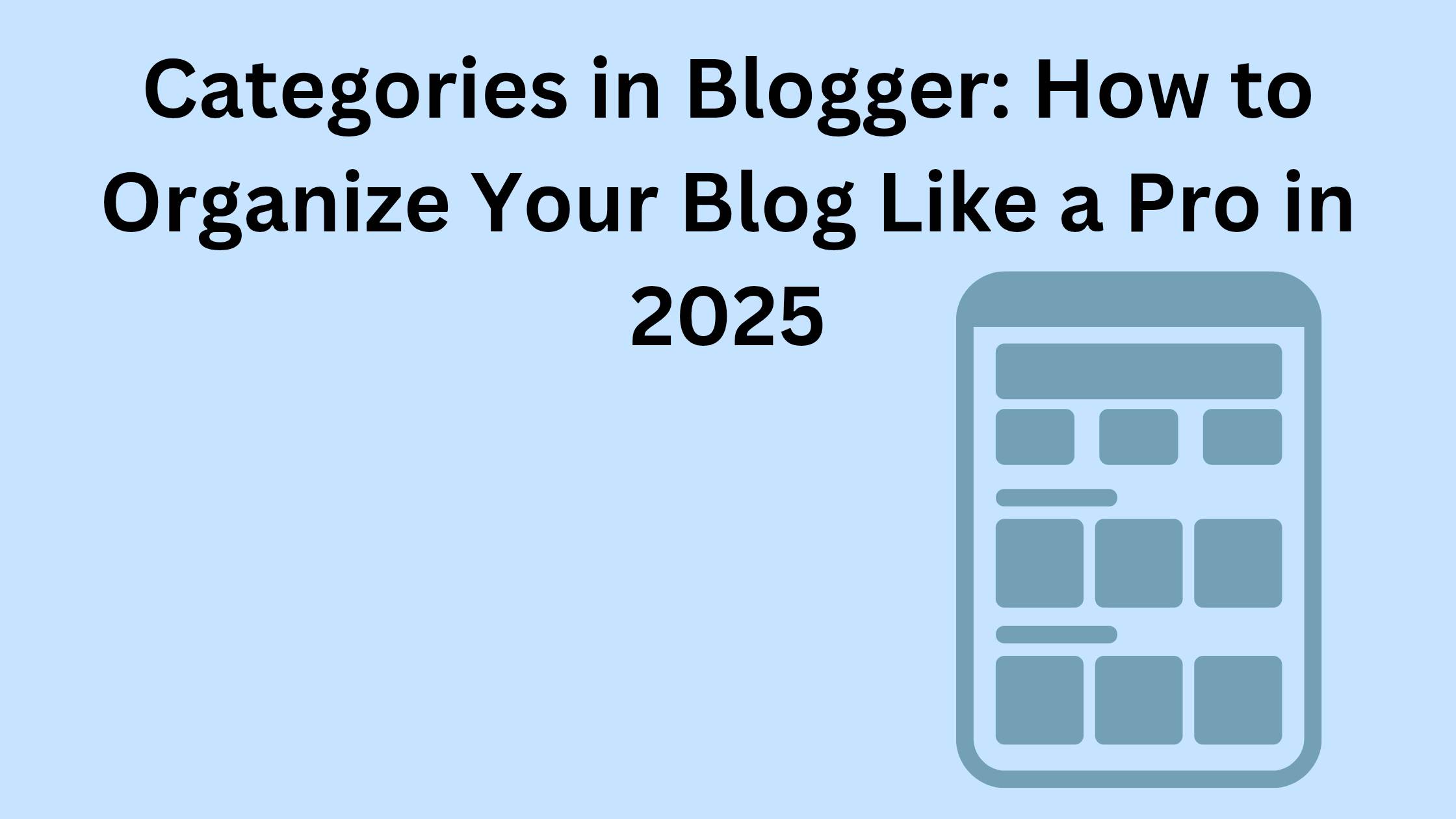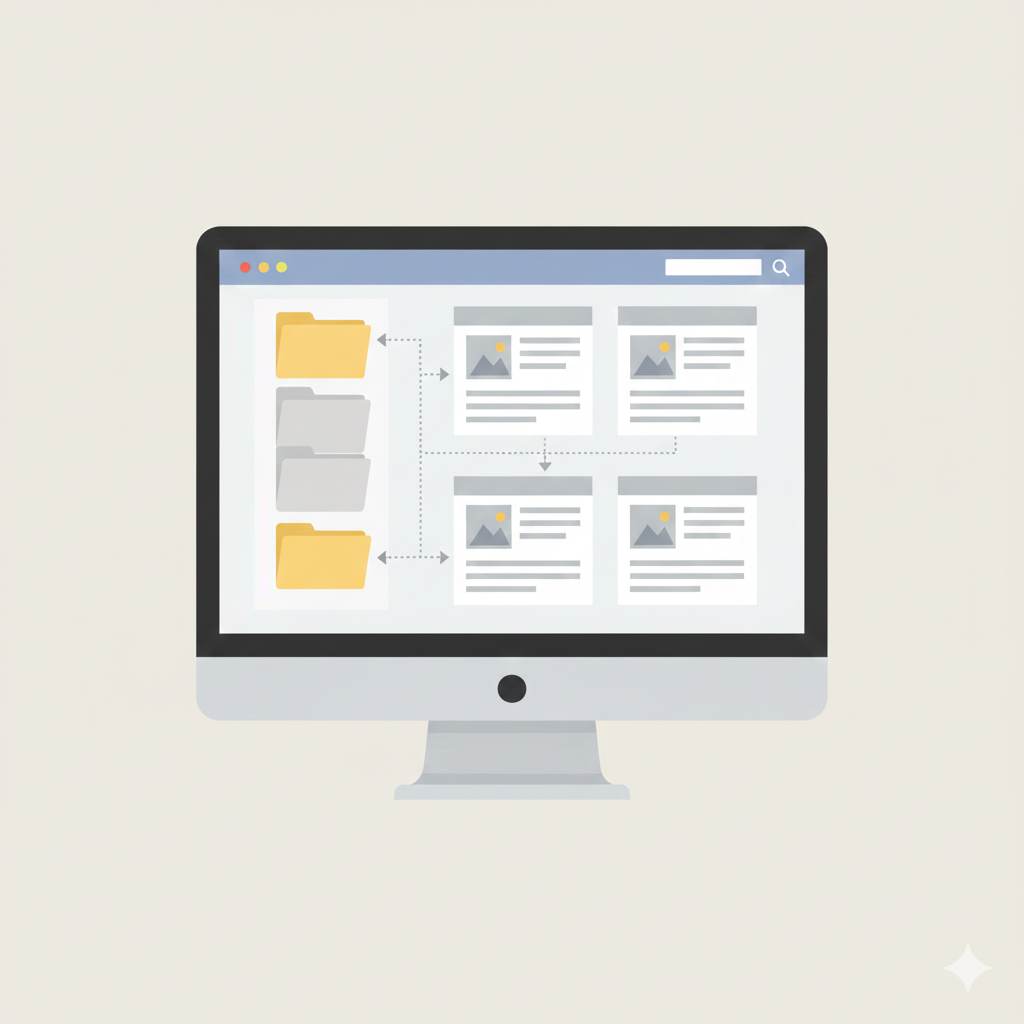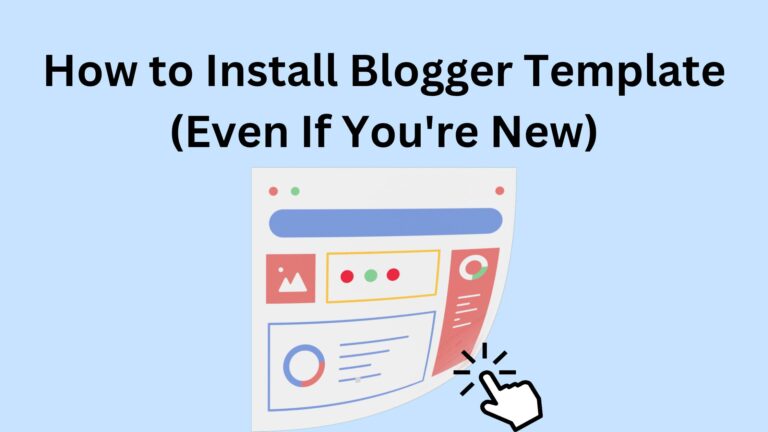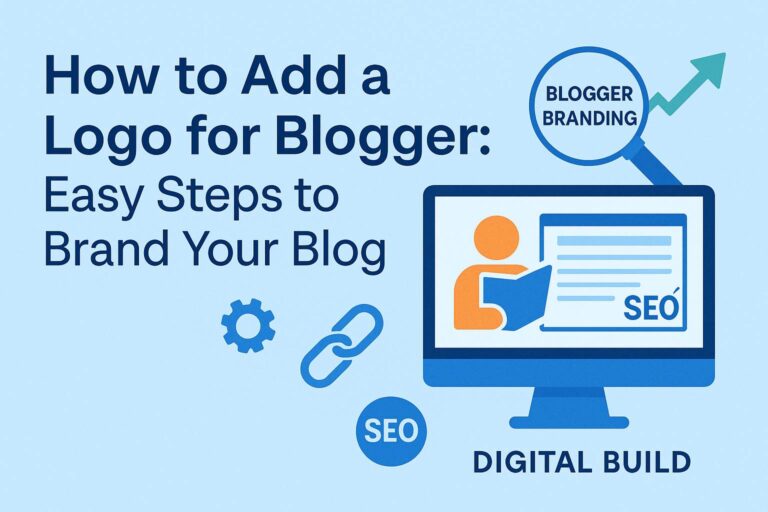If you’re using Blogger free platform to grow your blog in 2026, understanding how to organize your content properly is not optional — it’s essential.
And that starts with one powerful feature: which is Categories (also known as Labels in Blogger).
Whether you’re thinking about blogging, travel, tech, lifestyle, or digital marketing, the way you organize your posts can make or break your site’s user experience and SEO performance.
In this guide, we’ll walk you through the journey:
- What categories in Blogger actually are
- Why they matter for both readers and seo
- How to create and manage them following step-by-step
- Find Smart strategies for beginners
Let’s turn your cluttered content into a clean, professional structure — one category at a time.
🧠 What Are Categories in Blogger?
In Blogger platform, Categories are handled using a feature called Labels.
> Think about labels is like folders — you assign one or more labels to each blog post, and Blogger automatically groups posts with the same label together.
They function just like categories in WordPress, but with a slightly different interface.
These labels not only help you to organize your blog content for yourself, but they also:
- Help readers find related posts
- Create automatic archive pages for each category
- Improve SEO by structuring your content better
✅ for Example:
If you write about blogging, affiliate marketing, and SEO — you can assign each post to one of those labels.
When a visitor clicks on “SEO,” they’ll instantly see all posts you’ve written under that topic.
📈 Why Categories Matter in Blogger
Here’s what happens when you use categories (labels) correctly:
- Visitors stay longer on your site because they can easily explore related content
- Google understands your content better, improving your site’s crawlability and topical relevance
- Your blog layout looks professional and user-friendly
- You avoid the mess of unstructured or hard-to-navigate content
In 2026, user experience and structure are major SEO ranking factors — and using categories is one of the simplest ways to optimize for both.
🛠️ How to Create Categories in Blogger (Step-by-Step)
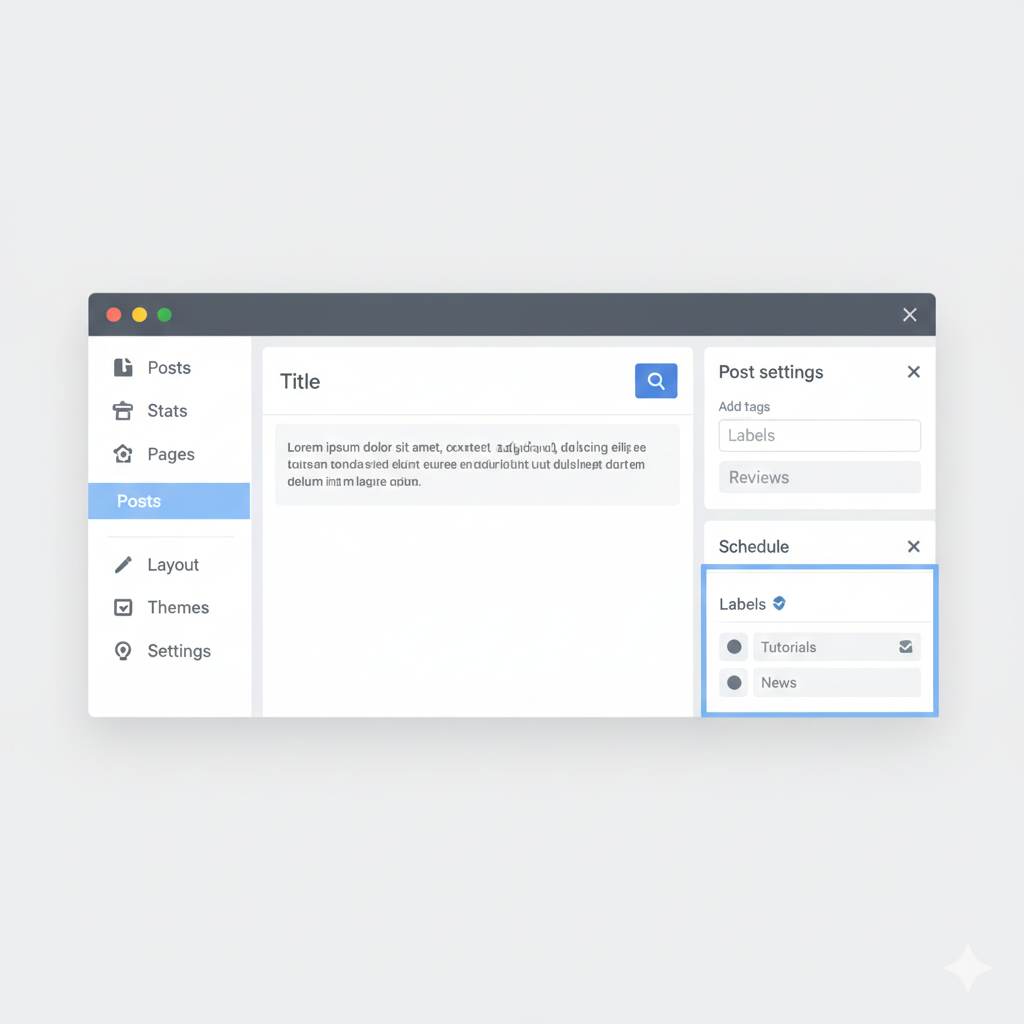
> You don’t need a code. You don’t need to pay for plugins. Just follow these simple steps:
Step 1: Add a Category (Label) to a New Blog Post
1. Go to your Blogger dashboard
2. Click on “New Post”
3. On the right sidebar, find the “Labels” section
5. Hit Enter to add it
🎯 You can add multiple labels to one post — but keep them relevant.
Step 2: Display Categories on Your Blog
To help readers navigate by category:
- Go to Layout in your Blogger dashboard
- Add a “Labels” widget to your sidebar or footer
- Choose whether to show all labels or selected ones only
Now your visitors can click on any category and instantly see all related posts.
Step 3: Create a Category Page (Optional)
Want to make a clean page showing only posts from a specific category?
1. Go to Pages > New Page
2. Name it something like “SEO Articles”
3. In the content area, paste a link like:
https://yourblogname.blogspot.com/search/label/SEO
4. Add a description or thumbnail if you’d like
5. Hit Publish
This creates a dynamic category page powered by Blogger — no manual updates needed.
⚠️ Common Mistakes to Avoid
If you’re just starting out, avoid these beginner traps:
- ❌ Using too many labels (like 10+ per post) — it confuses readers and search engines
- ❌ Creating a new label every time instead of reusing consistent ones
- ❌ Naming labels too broadly (e.g., “My Stuff”) or too specifically (e.g., “Tips I Learned on Tuesday”)
- ❌ Not showing your category list on the blog (hurts user experience)
- ❌ Leaving posts unlabeled — this ruins your site structure over time
💡 Pro Tips for Smarter Blog Categories in 2026
To make your categories truly work for you:
- ✅ Stick to 5–10 main categories that reflect your blog’s niche
- ✅ Use short, descriptive labels with relevant keywords
- ✅ Don’t duplicate — keep each category name unique and purposeful
- ✅ Review your labels every few months and clean up unused ones
- ✅ Add internal links between related posts inside the same category
🧰 Useful Tools for Organizing Blogger Categories
While Blogger doesn’t support category plugins, these tools can still help:
- Blogger Layout Widgets – Use the “Labels” gadget to organize your site visually
- Canva – Create icons or banners for each category if using custom pages

✅ Final Thoughts: Your Blog Deserves Better Organization
Don’t underestimate the power of categories in Blogger.
They’re simple, free, and built into the platform — yet many beginners ignore them or use them poorly.
In 2026, clear blog structure = higher engagement, more traffic, and better SEO.
So take a moment to step back, define your categories, clean up the mess, and guide your visitors through your content with confidence.
> Your blog is more than just posts. It’s a library. And categories are your shelves.
